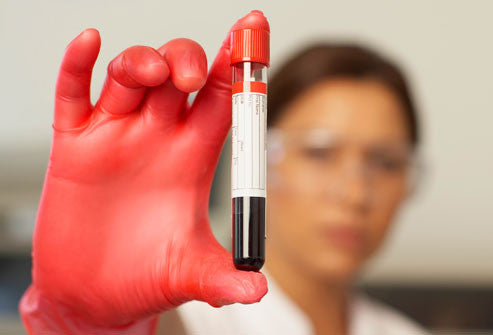5 Types of Creatine and How to Take Each One

By Jared Boynton | 5/17/2017
Creatine is one of the most-studied supplements in FDA history, falling not far behind aspartame, and one thing is blatantly clear: Creatine supplementation has a direct impact upon performance. The increase in muscular output and endurance that Creatine imparts upon individuals who utilize it correctly translates into greater muscle growth, better conditioning, and increased caloric expenditure (aiding in fat loss).
Unfortunately, one trip to the search bar plasters you with almost a dozen different forms of Creatine and hundreds of different combinations. This leaves us with the question: What is the BEST Form of Creatine? Let’s take a look at the most common forms of Creatine on the market and dive a little bit into some relative newcomers.
- Creatine Nitrate – At the time of publishing this article, Cellucor holds a deadlocked patent on the fresh-to-market Creatine Nitrate (Cellucor CN3). This form of Creatine consists of a molecule of Creatine bonded to a nitrate group, which splits off when processed to produce some pretty skin-splitting nitrate based pumps. Creatine Nitrate should be taken either before or during your workout to capitalize on this effect. This form is very easy on the stomach.
Due to the low molecular weight of the nitrate group, Creatine Nitrate is effective at a dose of 3g/day. No loading phase necessary.
- DiCreatine/TriCreatine Malate – Di- and TriCreatine Malate are also relatively fresh on the market, introduced in the late 2000’s. This form of Creatine is created by binding either two or three molecules of Creatine to a molecule of Malic Acid. These two have fallen out of favor a bit, perhaps because of the strong taste associated with Malic Acid (typically used to flavor sour candy, such as Sour Patch Kids). That being said, they’re a personal favorite of mine; I enjoy the flavor, and it tends to cause very little in the way of bloating and digestion issues. Grab some here.
The Malate forms of Creatine are effective at 5g/day. No loading phase necessary.
- Magnesium Creatine Chelate – Also known as Creatine Magna Power, MCC is a novel form of creatine that incorporates a bond between a Creatine molecule and a Magnesium molecule. Although Albion Laboratories, the patent holder, assures that this bond increases absorbtion, MCC has not been shown to be any more effective of a delivery system for Creatine than any other form.
Where it does shine, however, is in individuals that lack adequate magnesium intake. Magnesium supplementation can increase everything from muscle contraction to quality of sleep, and if you’re not taking it in via some other route, MCC is a great way to reach your daily magnesium totals. A great example of a product that carries MCC is Green Bulge by Controlled Labs.
MCC is effective at a dose of 5g/day. No loading phase necessary.
- Creatine HCL – Creatine Hydrocholoride is also somewhat new to shelves, and is formulated via a bonded molecule of hydrochloric acid and molecule of Creatine. It carries with it the benefit of increasing stomach acidity, which can solve chronic digestion issues in a number of users. Be warned though; this stuff has a bite! Be sure to mix it in with a large volume of water before consumption to dilute the acidity. Check out Nutrakey's Creatine HCL
The extremely low molecular weight of hydrochloric acid renders Creatine HCL effective at a dose as low as 2.5g/day. No loading phase necessary.
- Creatine Ethyl Ester – Do yourself a favor here and avoid CEE, it’s the only one on this list that has been clinically documented as ineffective compared to other forms. More information can be read on this article.
- Creatine Monohydrate – The tried and true, the one that started it all, Creatine Monohydrate is the form of Creatine that has been most studied and has been documented dozens of times to be effective. Creatine Monohydrate consists of a Creatine molecule bonded to a water molecule (weird, right)? Creatine Monohydrate is completely tasteless, though its inclusion of the water molecule causes issues with solubility in water. This is somewhat alleviated in micronized form, which I highly recommend. Optimum Nutrition has a great option for creatine monohydrate.
Creatine Monohydrate is most effective at a dose of 10g/day. A loading phase is not necessary at this dosage.
---------------------------------------------------------
Jared Boynton is a strength, performance, and conditioning coach with a wide range of knowledge on nutrition, supplementation, biomechanics. His experience has been proven through years of real-world implementation with both his own physique and the physiques of numerous clients. You can contact Jared via email at Coach@JaredBoynton.com.
Leave a comment
Comments will be approved before showing up.



